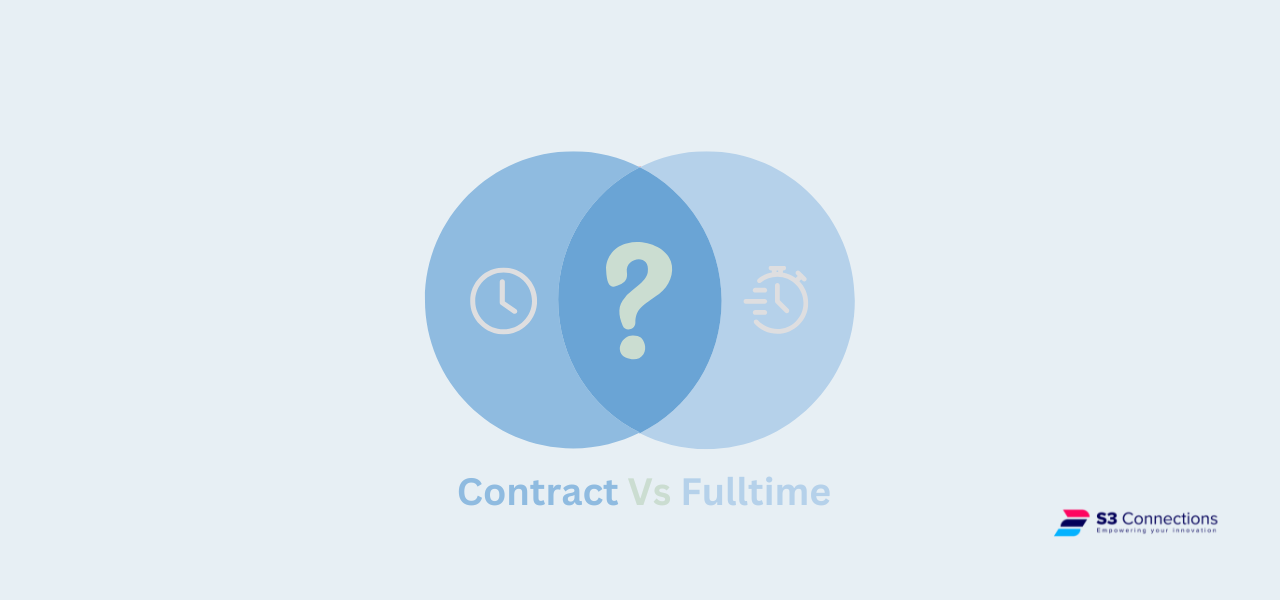The Hidden Risks of an Outdated Tech Stack: Why It’s Time to Upgrade

An outdated technology stack refers to using programming languages, frameworks, libraries, databases, or other components that have become obsolete or are no longer actively maintained or supported by their creators or the community. Here’s a more detailed exploration of what this entails:
1. Obsolete Technologies: Technologies can become outdated due to newer, more efficient alternatives becoming available. For example, programming languages like COBOL or Visual Basic 6, which were popular in previous decades, are now considered outdated compared to modern languages like Python, JavaScript, or Go.
2. Lack of Support: When technologies reach the end of their life cycle, their creators may stop providing updates, security patches, or technical support. This leaves applications vulnerable to security breaches and makes it harder to fix bugs or compatibility issues.
3. Compatibility Challenges: Outdated technologies may not integrate well with newer systems, tools, or libraries. This can lead to additional development effort and cost when trying to maintain or expand the application’s functionality.
4. Performance Limitations: Older technologies might not be optimized for modern hardware or might lack features that improve performance and scalability. This can result in slower response times, reduced reliability, or inability to handle large volumes of data or users.
5. Skill Gap: Developers proficient in outdated technologies may become scarce as newer technologies gain popularity. This can make it difficult to find qualified personnel to maintain or enhance the application.
6. Vendor Support Discontinuation: If a technology stack relies on third-party components or services that are discontinued by their vendors, the application may face critical issues such as security vulnerabilities or compatibility problems.
7. Regulatory Compliance: Some industries require compliance with specific standards or regulations. Using outdated technologies may hinder compliance efforts, as these technologies may not support the necessary security or reporting features.
8. Cost of Maintenance: Maintaining an application built on outdated technology can be costly due to higher maintenance efforts, increased risk of security breaches, and potential business disruptions caused by technology failures.
9. User Experience: Outdated technology stacks may not support modern user interface design principles, resulting in a poor user experience compared to applications built with newer technologies that offer more interactive and responsive interfaces.
Overall, an outdated technology stack can significantly impact an application’s performance, security, scalability, maintainability, and user satisfaction. Recognizing these signs is crucial for organizations to consider modernization efforts to ensure their applications remain competitive and sustainable in today’s rapidly evolving technological landscape.






